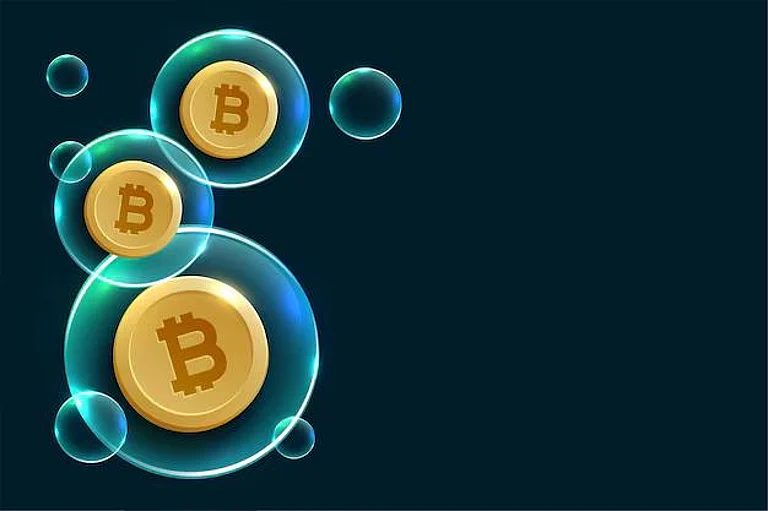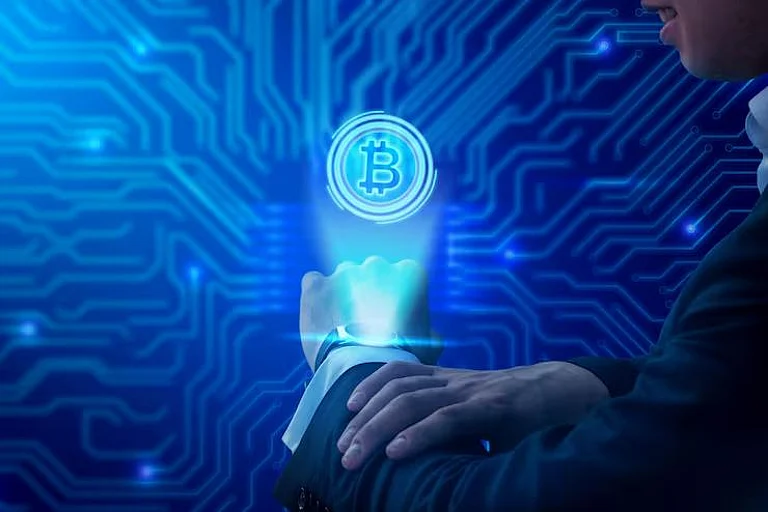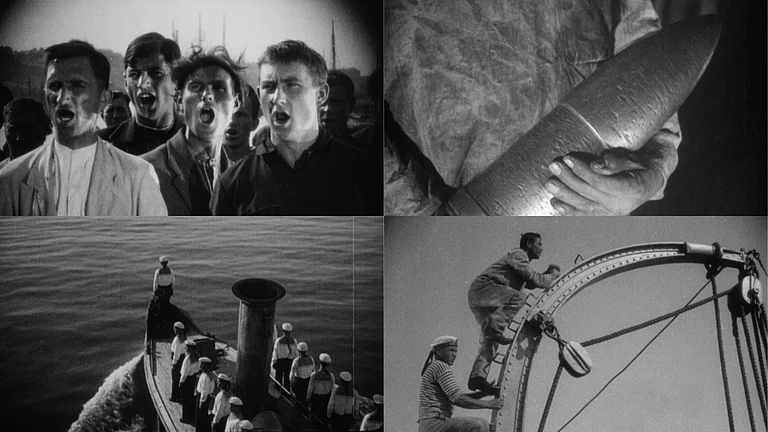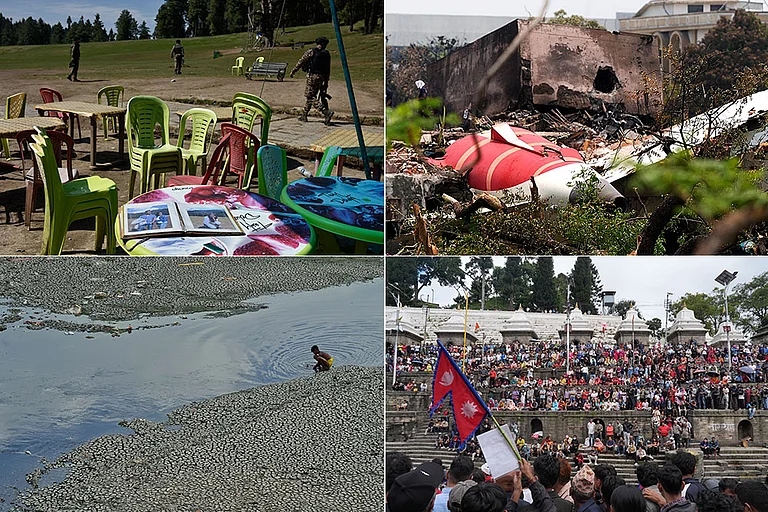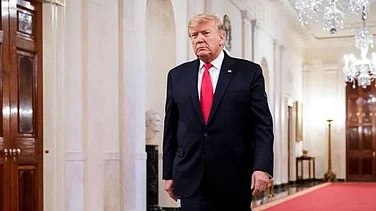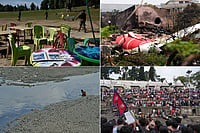Nearly seven months ago, an incident occurred in the Islamic Republic of Iran that permanently changed the country and its people and set in motion a revolutionary process that has now become irreversible. The incident was the tragic and preventable death of Jina Mahsa Amini, a young Kurdish woman. She was arrested by Iranian morality police and was taken to a police station for interrogation. She died in a hospital three days later as a result of what happened to her at that station.
The death of this young woman has not only unleashed decades of anger, but also the determination of the young generation to take action against a rigid political system that robs them of everything worth living for — freedom, health, physical integrity, right to love whom one wants, and every expression of joy and self-determination. The motto of this revolutionary movement is the Kurdish slogan “Woman, Life, Freedom”, which has been used for years to protest against unjust regimes.
The determination with which this young generation in Iran —the much-cited Gen Z— has been proceeding for the past seven months has surprised many observers. In the early days and weeks of the movement, known on social media as #IranRevolution, many pundits spoke of it as a passing phenomenon that had originated in Iran’s Kurdish cities, or as a phenomenon of Tehran’s secular-minded urban middle class. And yes, in the early days it was the young women who took to the streets, taking off their headscarves and sometimes even burning them. However, very quickly, it became clear that this protest was not a short-term uprising of angry youth, it was the final stage of a revolutionary process that began over a decade ago with the Green Movement in 2009.
In 2009, millions of people were on the streets in protest against an obvious fraud in the presidential elections under the slogan “Where is my vote”. The regime waited a few weeks and then put the political heads of the movement under house arrest, violently putting down the demonstrations and thousands wandered into notorious torture prisons such as Evin prison in Tehran or Vakilabad prison in Mashhad.
Other major protest movements took place in December 2017 and January 2018 and then again in November 2019. These protests were rooted in economic reasons such as high inflation, horrendous unemployment especially among young and well-educated people, and the multiplication of the price of gasoline virtually overnight. These protests were also brutally put down by the Islamic Republic regime and the Islamic Revolutionary Guards Corps (IRGC) and the Basiji paramilitary militias.
Why have the current protests continued for so long and what distinguishes them from the protests of the past 10-15 years? The young generation in Iran has learnt from previous protest movements. They learnt from the Green Movement of 2009 that it is not always helpful to put tangible political leaders at the head of a movement because you can then chop off their heads very quickly.
The current revolutionary movement in Iran is therefore a decentralised one. It is a modern grassroots movement that emerged from civil society and is coordinated by civil society. There is no one political leader who makes all the decisions and can be quickly tracked down by the regime. The coordination takes place on the internet and young people are skilled enough to circumvent the obstacles the regime puts in their way in the form of net throttling, net blocking, and various filtering techniques.
And this brings us to another lesson that the current protest movement in Iran has learnt from the previous ones — the importance of public opinion and reporting on what is happening there. During the 2019 protests, the Islamic Republic’s regime killed at least 1,500 people and arrested numerous people during a complete network blackout that lasted several days, according to reports. Outside the Islamic Republic, these protests and their crackdown have remained largely unknown. That was not been allowed to happen this time.
From the beginning, from the day of the murder of Jina Mahsa Amini on September 16, 2022, this revolutionary movement in Iran was reported on the internet. The insight from the events of 2019 was — We have to show what is happening in Iran, the brutality, the violence, the murders, and the arrests, in an unvarnished way and broadcast it to the whole world. That is the only way to be heard, to inform the international community and, above all, to make civil societies outside the Islamic Republic aware of what has been on the agenda in this Handmaid’s Tale-like theocracy for the past 44 years.
People like me, who are part of the large Iranian diaspora around the world, started reporting on the #IranRevolution as private citizens without journalistic training. On platforms like Twitter and Instagram, we constantly share videos and photos from Iran. We inform our followers about arrests of people and the condition of political prisoners. We report about the propaganda and disinformation of the Islamic Republic and its institutions. In short, we have taken on the journalistic activity that is not possible in Iran due to the lack of true press freedom.
The Jina Revolution, named after Jina Mahsa Amini, is now one that has encompassed the entire country and all segments of the population. From Tehran’s elite students to schoolchildren to oil workers in the south of the country to teachers, retirees and the country's creative scene — everyone is involved. All ethnic groups in the country are included in this movement, the Kurds, the Baluchis, the Azeris, the Arab-Iranians in the south.
While in the first months, it was mainly street demonstrations that were violently put down, the forms of protests have also changed over time. There is singing, there is dancing, regime banners are lit at night, and people shout “Death to the Dictator” from their windows every night. Every ancient Iranian festival, dating back to the time before the Islamisation of Iran, is being used as an event of resistance. The question of Hijab —the forced veiling of girls and women— is always at the centre of the action. It is not about a piece of cloth that stands for self-determination or not. It is about a fundamental pillar of a clerical dictatorship, a pillar of the regime vital to its survival.
The regime is resisting this movement of civil society of women and men, students and workers, young and old, with the only means it has known for the last 44 years — violence. At least 20,000 people have been arrested. Many minors are in prison. Torture is the order of the day as well as systemic rape of women and men as well. The regime has already executed four young men for taking part in protests. Their names will remain unforgotten for us.
But this revolution will be a successful one and will end the tyranny of the mullahs and the mafia system of the Revolutionary Guards. It will continue, sometimes in small steps, sometimes in very large ones. There will be one pause or another. There will also sometimes be setbacks. But the will of the people is unbroken and there is no alternative to overthrowing this regime. The question has long ceased to be whether it will happen, but only when.
For woman, life, freedom. Jin, Jiyan, Azadi.
(Shoura Hashemi is an Iranian-born lawyer and activist. Views expressed are personal.)







